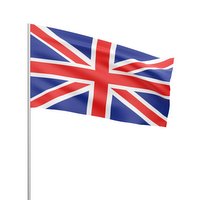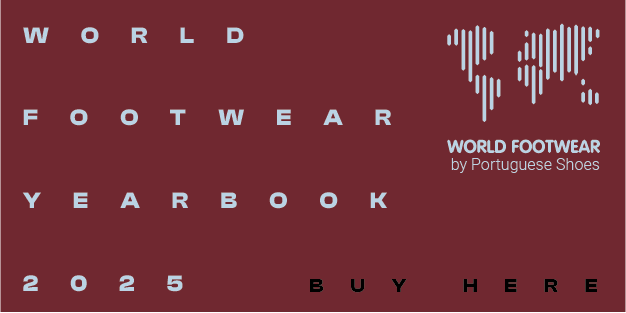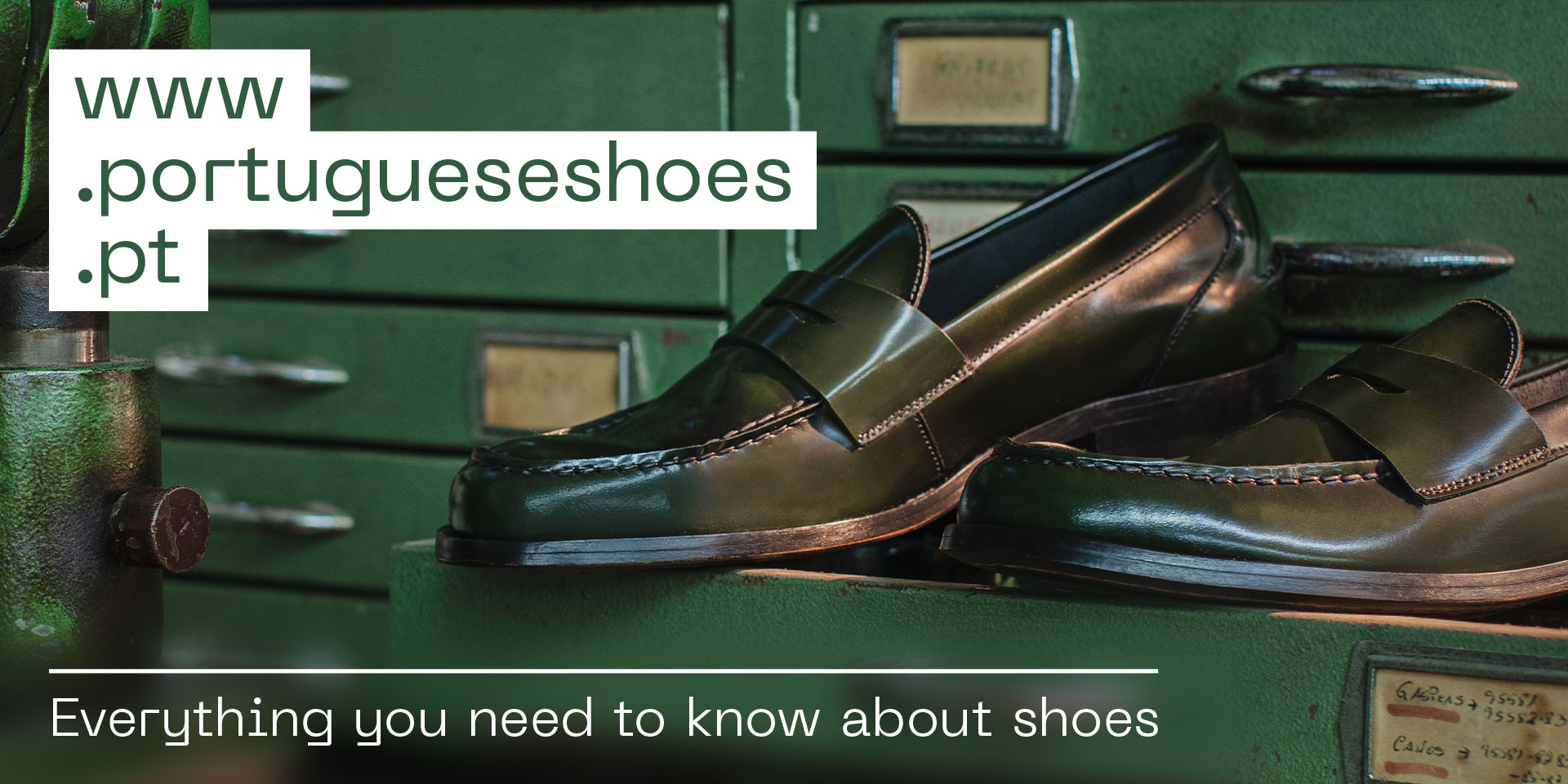United Kingdom with frozen footwear imports

In 2013, the British industry maintained the same levels of imports as registered in 2012. Exports grew at two digits
Last year, the United Kingdom, one of the main import markets for footwear, registered stagnated volume of imports, but with a decline of 3% on its value, average import price is now 8.45 euros, 2.9% below the 2012 price of 8.70 euros. 56% of British imports came from outside the European Union; China (33%), Italy (11%), The Netherlands (8%), Belgium (6%), India (6%) and Vietnam (6%) are the main suppliers. Stability is really the world for British imports in 2013, as the mix of imported footwear in 2013 also maintained its structure from the previous year.
According to Richard Kottler, Executive Director of the British Footwear Association (BFA) the pressure to keep the competitiveness explain this performance on the imports side: “Retail consumption was steady but many importers supplying the UK high street shops have been shifting production from China to Vietnam, Korea and elsewhere to ensure prices remain competitive”.
The United Kingdom saw its footwear exports increase 22.6% in volume and 16.5% in value; the mix of products has changed and consequently the average price of exported footwear has decreased 5.0% and reaches now 9.96 euros. Leather footwear, traditionally traded at a higher price, lost share on the total footwear exported, from 57% in 2012 to 55% in 2013. Rubber and plastic footwear earned quota and it represents now 20% of total footwear exports (from 14% in 2012). “The biggest factor in these figures is the growth of brands who have their product made in the Far East but are building an export market. This means they are buying the product at Far East levels and exporting them around the world”, added Richard when reflecting on the exports numbers in 2013.
87% of total footwear exports had one of the other European Union countries as destination, with top buyers Germany (19%), Ireland (15%), Netherlands (13%), France (12%) and Italy (6%).
Exports to the Netherlands (176%), Austria (102%), Finland (57%) and Belgium (53%) registered significant increases in the value of exported footwear. Within the top 20 of buyers, Hong Kong (79.92€), Japan (76.71€) and the US (62.68€) pay the highest average price for British footwear.
About the performance in 2013, Richard Kottler added: “We are seeing the manufacturing sector still expanding and they are finding the “made in Britain "label and huge help at the moment. Several of the high grade welted shoe manufacturers are opening shops around the world to take advantage of the popularity of their product.”
Data made available recently shows that exports continued to growth in the first three months of 2014, with two digits variation rates in both volume (12.5%) and value (18.2%). Looking into the top 5 destinations for British footwear, countries consolidated their share in total (Germany, France, Ireland, Italy), apart from The Netherlands which had a decrease from 11.9% to 9.2%. Within the top 5, registered growth was at rates above 14.5%, except the Dutch market who had a 8.8% deterioration.
On the imports side growth seems to be kicking off, as for the first quarter quantities and value of footwear bought in foreign countries have increased, respectively, 14.0% and 13.7%. Apart from China, the top 5 countries of origin for the UK imports is growing at two digits (Italy, The Netherlands, Belgium, and Vietnam). During the first quarter of the year footwear sourced from China was stable in terms of value (1.2%), but this Asian country lost share in the total value of imports (29.9% in the first quarter in 2014 compares to 33.6% in similar period last year).
A new campus dedicated to training and research in leather, due to be opened in 2018 in Northampton, was announced earlier in the year, “an initiative from the university itself and which is supported by the BFA and the industry generally. The course will uniquely combine high grade teaching on design, management techniques, leather production and footwear making so that designers graduating from the course will be well rounded and commercial in their outlook – and more employable as a result.”, commented the BFA.
In terms of future challenges and priorities for the industry, according to Richard: “the manufacturing sector will continue to do well on the back of its export business, although there are pressures on the price and availability of quality leather. The UK is always at the mercy of exchange rates and the pound is quite strong currently. The retail market is showing signs of strong growth and we expect the consumption of footwear to increase significantly – predominantly in the form of imports. As more British brands work harder to compete on world markets, we expect our export performance to increase substantially in the next few years”.
According to Richard Kottler, Executive Director of the British Footwear Association (BFA) the pressure to keep the competitiveness explain this performance on the imports side: “Retail consumption was steady but many importers supplying the UK high street shops have been shifting production from China to Vietnam, Korea and elsewhere to ensure prices remain competitive”.
The United Kingdom saw its footwear exports increase 22.6% in volume and 16.5% in value; the mix of products has changed and consequently the average price of exported footwear has decreased 5.0% and reaches now 9.96 euros. Leather footwear, traditionally traded at a higher price, lost share on the total footwear exported, from 57% in 2012 to 55% in 2013. Rubber and plastic footwear earned quota and it represents now 20% of total footwear exports (from 14% in 2012). “The biggest factor in these figures is the growth of brands who have their product made in the Far East but are building an export market. This means they are buying the product at Far East levels and exporting them around the world”, added Richard when reflecting on the exports numbers in 2013.
87% of total footwear exports had one of the other European Union countries as destination, with top buyers Germany (19%), Ireland (15%), Netherlands (13%), France (12%) and Italy (6%).
Exports to the Netherlands (176%), Austria (102%), Finland (57%) and Belgium (53%) registered significant increases in the value of exported footwear. Within the top 20 of buyers, Hong Kong (79.92€), Japan (76.71€) and the US (62.68€) pay the highest average price for British footwear.
About the performance in 2013, Richard Kottler added: “We are seeing the manufacturing sector still expanding and they are finding the “made in Britain "label and huge help at the moment. Several of the high grade welted shoe manufacturers are opening shops around the world to take advantage of the popularity of their product.”
Data made available recently shows that exports continued to growth in the first three months of 2014, with two digits variation rates in both volume (12.5%) and value (18.2%). Looking into the top 5 destinations for British footwear, countries consolidated their share in total (Germany, France, Ireland, Italy), apart from The Netherlands which had a decrease from 11.9% to 9.2%. Within the top 5, registered growth was at rates above 14.5%, except the Dutch market who had a 8.8% deterioration.
On the imports side growth seems to be kicking off, as for the first quarter quantities and value of footwear bought in foreign countries have increased, respectively, 14.0% and 13.7%. Apart from China, the top 5 countries of origin for the UK imports is growing at two digits (Italy, The Netherlands, Belgium, and Vietnam). During the first quarter of the year footwear sourced from China was stable in terms of value (1.2%), but this Asian country lost share in the total value of imports (29.9% in the first quarter in 2014 compares to 33.6% in similar period last year).
A new campus dedicated to training and research in leather, due to be opened in 2018 in Northampton, was announced earlier in the year, “an initiative from the university itself and which is supported by the BFA and the industry generally. The course will uniquely combine high grade teaching on design, management techniques, leather production and footwear making so that designers graduating from the course will be well rounded and commercial in their outlook – and more employable as a result.”, commented the BFA.
In terms of future challenges and priorities for the industry, according to Richard: “the manufacturing sector will continue to do well on the back of its export business, although there are pressures on the price and availability of quality leather. The UK is always at the mercy of exchange rates and the pound is quite strong currently. The retail market is showing signs of strong growth and we expect the consumption of footwear to increase significantly – predominantly in the form of imports. As more British brands work harder to compete on world markets, we expect our export performance to increase substantially in the next few years”.











